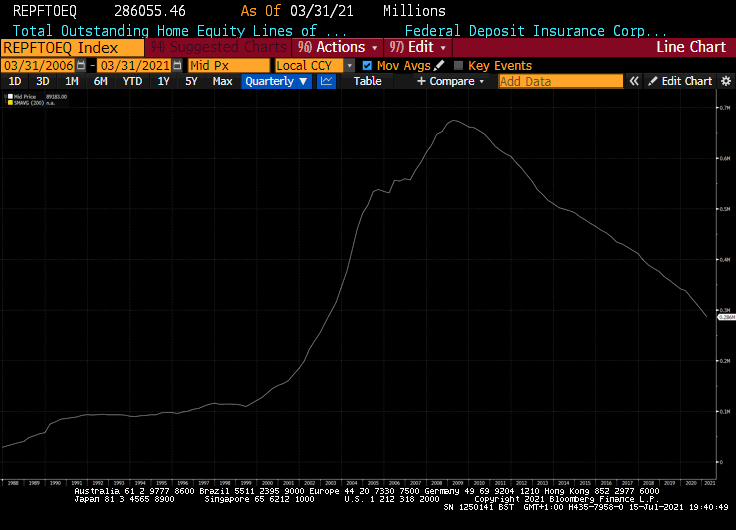More Money, More Problems
Thanks to a subscriber for this report from Morgan Stanley which may be of interest. Here is a section:
In general, we believe increases in cash assets on bank balance sheets are less inflationary than increases in loans, especially if a large majority of those cash assets come from QE. Increased loan activity suggests increased spending/investment activity, which can have multiplier effects throughout the economy – generating higher prices.
Securities
Banks haven't been leaving all of their cash assets parked at the Fed. Based on assessments of deposit durations, banks have been investing more into securities than pre-pandemic trends would suggest (see Exhibit 8 again). The large majority of those securities have been Treasury and agency securities (see Exhibit 11).
In addition, banks have invested substantially more into agency MBS than into US Treasury and non-MBS agencies (see Exhibit 12). Does that matter for the inflation outlook? We don't think bank purchases of US government debt add to the inflationary impulse of government spending beyond what the government spending itself did.More government spending (or less taxation) that leads to larger deficits puts more money in the banking system (adding narrow liquidity) which eventually finds its way into government bonds (removing narrow liquidity).
If the banks didn't purchase the government bonds, another actor in the system would. Put differently, Treasury securities on bank balance sheets don't represent credit or narrow liquidity (money) creation.
However, bank purchases of agency MBS, which are similar in nature to banks making mortgage loans and retaining them on the balance sheet from a credit-impulse perspective, do represent credit or narrow liquidity (money) creation.
Here is a link to the full report.
The willingness and indeed ability of banks to make loans is an important credit multiplier. The retrenchment of both consumers and banks following the global financial crisis meant that multiplier was missing and the anticipated inflationary forces did not appear. It is logical to monitor this topic as a key support arbiter of whether inflationary pressures will be transitory.
The thing that bugs me about only looking at this question from the bank credit multiplier angle is that liquidity has been abundant over the last decade despite banks being less than active. That means there are other sources of financing available to the market, most particularly private equity. Businesses have had little difficulty sourcing funding for speculative ventures.
Perhaps it is more correct to think inflation has not rebounded in a forceful manner because consumers were not confident enough to re-engage because of the trauma of the credit crisis. With banks less willing to lend to consumers and consumers reticent to leverage up, the credit multiplier was contained.

The pandemic could be the catalyst for renewed appetites for debt. The massive swell of deposits could help to fund significant demand growth well into the future even if it does level off at a higher plateau. After that splurge and demand to live one’s best life, demand for debt should pick up. That suggests Home Equity Lines of Credit (HELOC) should be an indicator of consumer demand for debt that would contribute to inflation. At present is still trending lower because savings are high. When it turns upwards, it will confirm a change in sentiment towards more debt has occurred but perhaps not before. .


